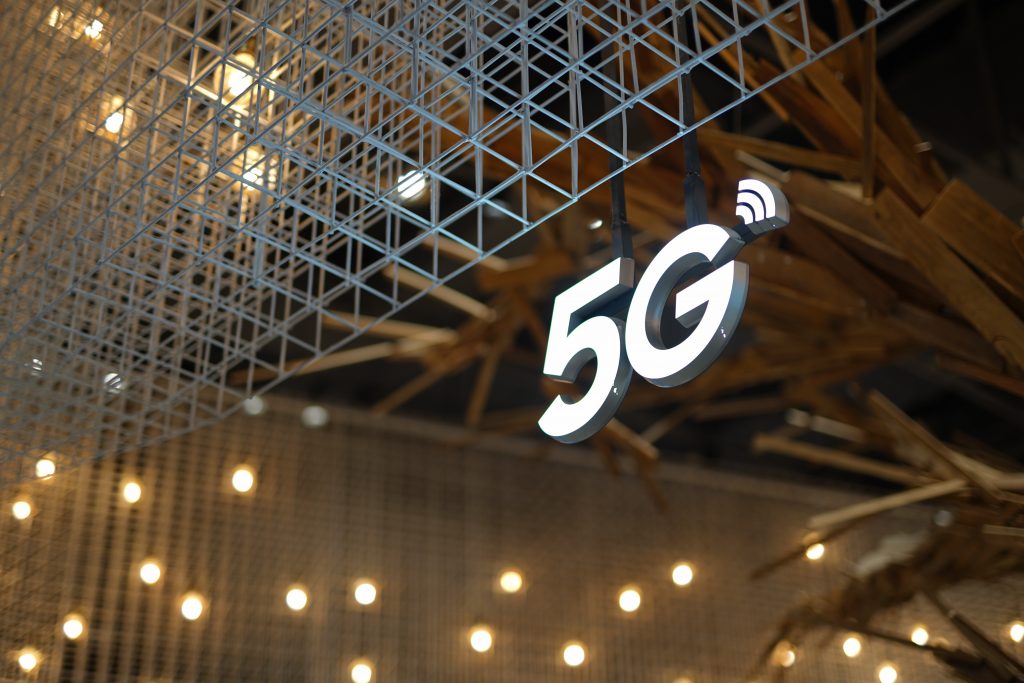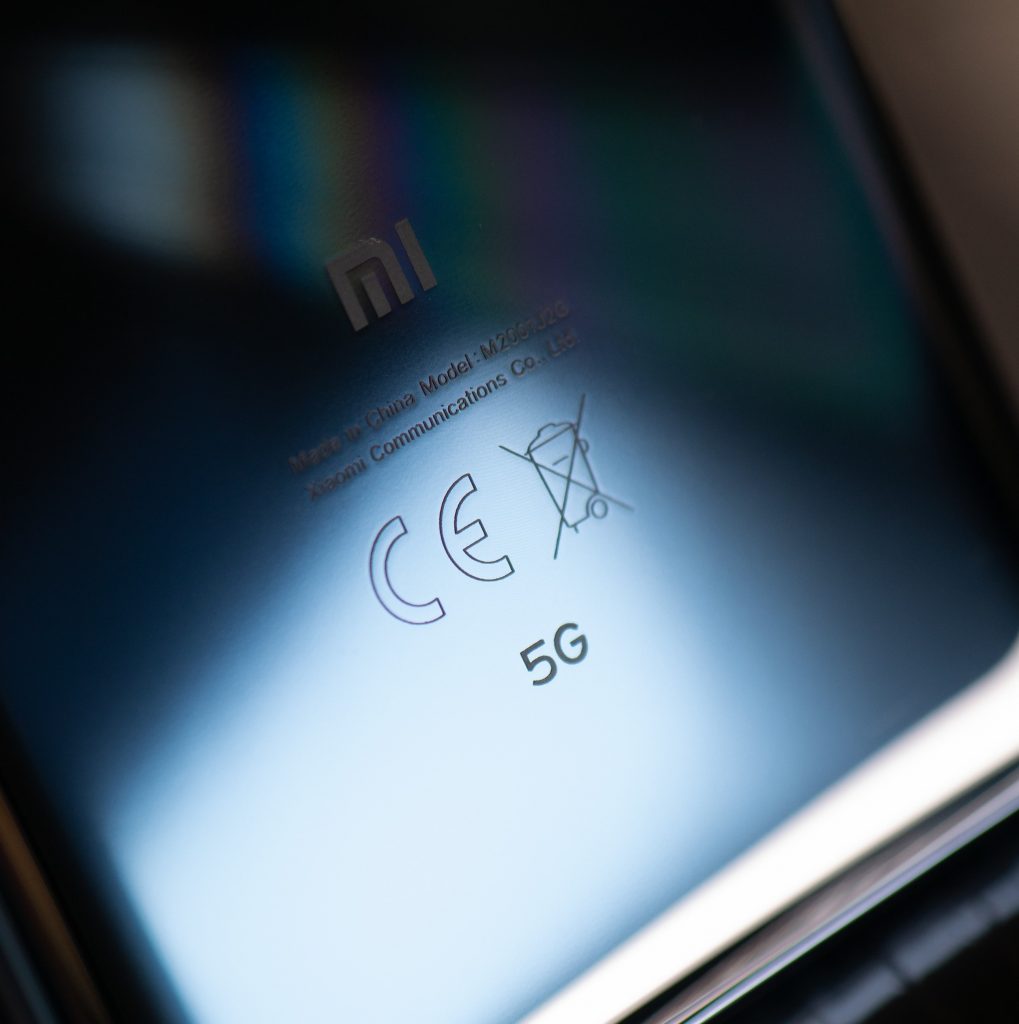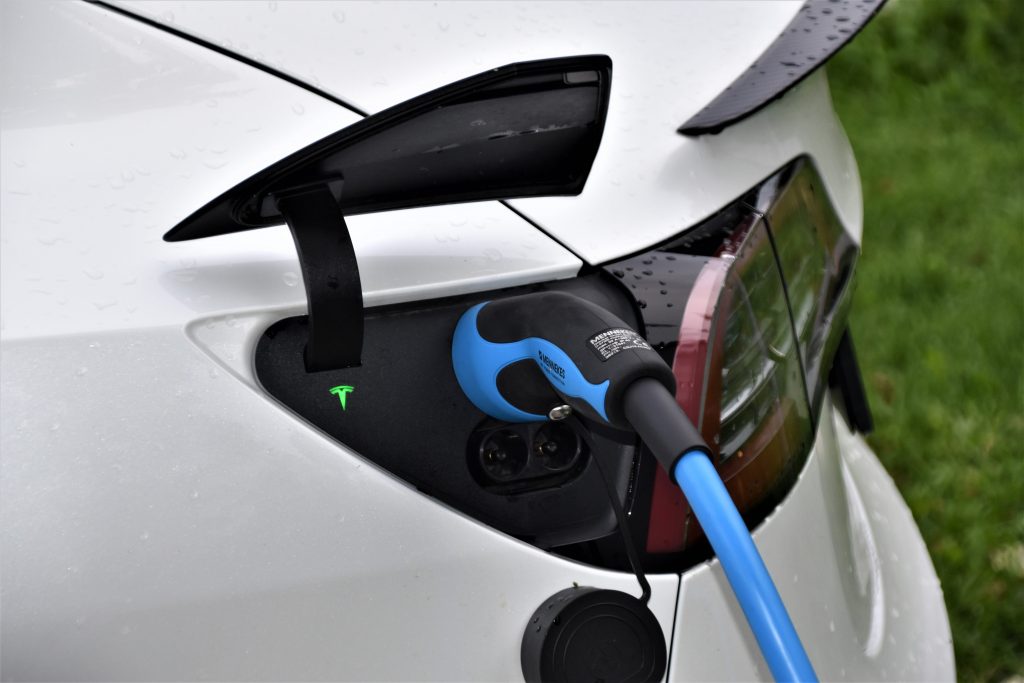For decades, NI has joined forces with various companies and organizations to achieve shared goals and spur technological innovation forward. While their collaborative efforts with innovative powerhouses such as NASA are well known, they are worth looking back on to celebrate achievements. This post will take a brief look at four notable collaborations between NI and other companies.

NI and LEGO
In 2006, LEGO and NI announced their new collaborative effort: developing the software component for the next generation of LEGO® MINDSTORMS™ robotics. This new product was called LEGO Mindstorms NXT, and it incorporated improved technology such as bluetooth communication and a 32-bit processor. This collaboration was built from a mutual goal of both companies: inspiring creativity and innovation in children with user-friendly yet engaging tools.
The software developed for LEGO Mindstorms NXT was powered by LabVIEW, which made it compatible with both PC and Mac computers. It was released in two versions: retail and educational. The graphics-based interface of LabVIEW provided an intuitive yet feature-rich programming environment with click-and-drag icon-based programming. This approach enabled younger users to easily create their own programs.
This collaboration was not the first time that LEGO and NI had worked together! Their relationship actually began in 1998 with RoboLab– an educational programming software that was also based on LabVIEW. Building off of RoboLab’s success, LEGO Mindstorms provided young students with the tools they needed to explore the world of science and engineering. You can learn more about the specifics of the LEGO Mindstorms robots in our previous blog post.

NI and Samsung
In February 2018, it was announced that NI and Samsung were partnering together to develop 5G test user equipment for 5G New Radio. Their shared goal was to achieve interoperability between the equipment and the device manufacturers that were conforming to the 5G NR standard.
The 2018 Mobile World Congress, which took place in Barcelona, was where the first public demonstration of Samsung’s 28 GHz base station communicating with an NI test UE took place. NI used a 28 GHz mmWave Transceiver System combined with the powerful LabVIEW system design software to validate the downlink functionality and performance as prescribed by the 3GPP. The demonstration explored the 5G NR standard in different scenarios: when it was at maximum throughput levels, when it utilized the full available bandwidth, and when it had the max number of component carriers in a full 2×2 MIMO configuration.

NI and Spirent
5G was an especially exciting topic in 2018. In July, only a few months after the partnership with Samsung was announced, Spirent Communications joined with NI in order to develop test systems for 5G New Radio devices. Their objective was to make it possible for makers of 5G chipsets and devices to test the functionality of 5G NR smartphones and IoT devices in the lab without the need for pricey and complex 5G base stations.
The first round of 5G standards was approved by 3GPP in June of 2018, with the expectation of future expansions. Because of this, the need arose for flexible device test solutions that could quickly adapt to future changes and upgrades without costly hardware changes. This was when NI stepped in with their Universal Software Radio Peripheral (USRP) devices and mmWave Transceiver System. When paired with Spirent Communication’s skillful use of NI’s flexible software-defined radio products, the team was able to incorporate 5G NR test scenarios for various aspects- from mobile location, to audio and calling performance.
This 5G performance test solution offered up to 2 GHz of bandwidth and was built to support both sub-6 GHz and millimeter-wave radio bands- as well as to seamlessly integrate into Spirent’s existing network emulation platform.

NI and Seagate
The final collaboration we will discuss in this post is also the most recent. In July of 2021, during NI Connect, the company announced its newest collaborative effort with Seagate Technology Holdings. Their goal? Enhancing data storage and transfer services for advanced driver-assistance systems (ADAS) in autonomous vehicles.
The key highlight of this collaboration was the combination of NI’s high-performance in-vehicle data logging systems with Seagate’s data transfer and edge storage services. With this setup, suppliers and OEMs can more effectively use data to guarantee the dependability and safety of the upcoming generation of autonomous cars. Data storage is critical for modern autonomous vehicles, as innovation depends on real road data. This collaboration had the shared goal of allowing OEMs and suppliers the ability to modernize their data storage strategy by transitioning from self-managed storage to storage as a service (StaaS)- which would integrate NI’s Data Record System with Seagate’s Lyve™ Mobile edge data transfer services.
This ongoing collaboration between NI and Seagate presents a scalable model that significantly reduces the total cost of ownership for ADAS and automated driving data storage and transfer solutions. With a shared commitment to create safe and reliable autonomous vehicles, the two companies are developing a comprehensive portfolio of improved data storage, transfer, and analysis.







